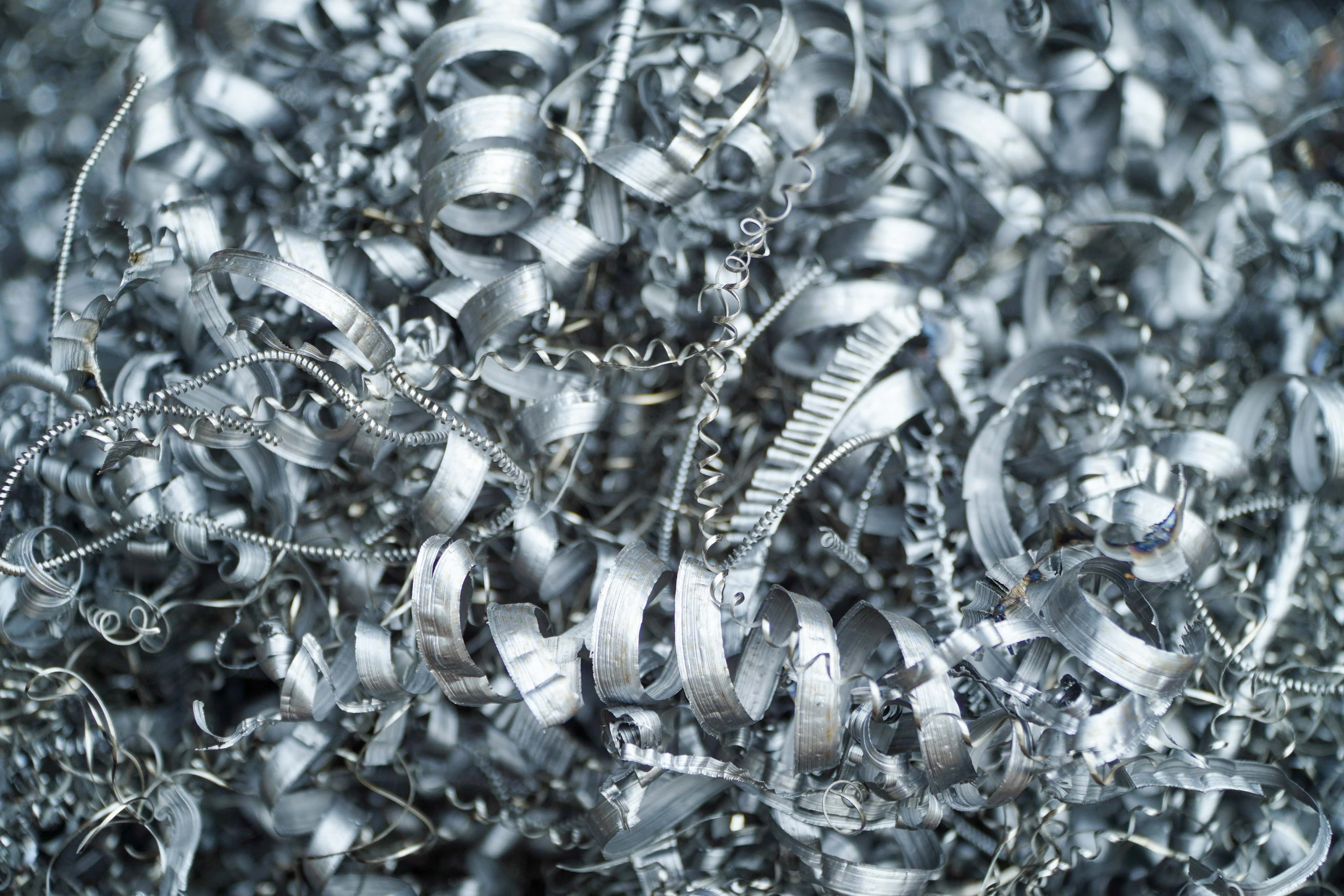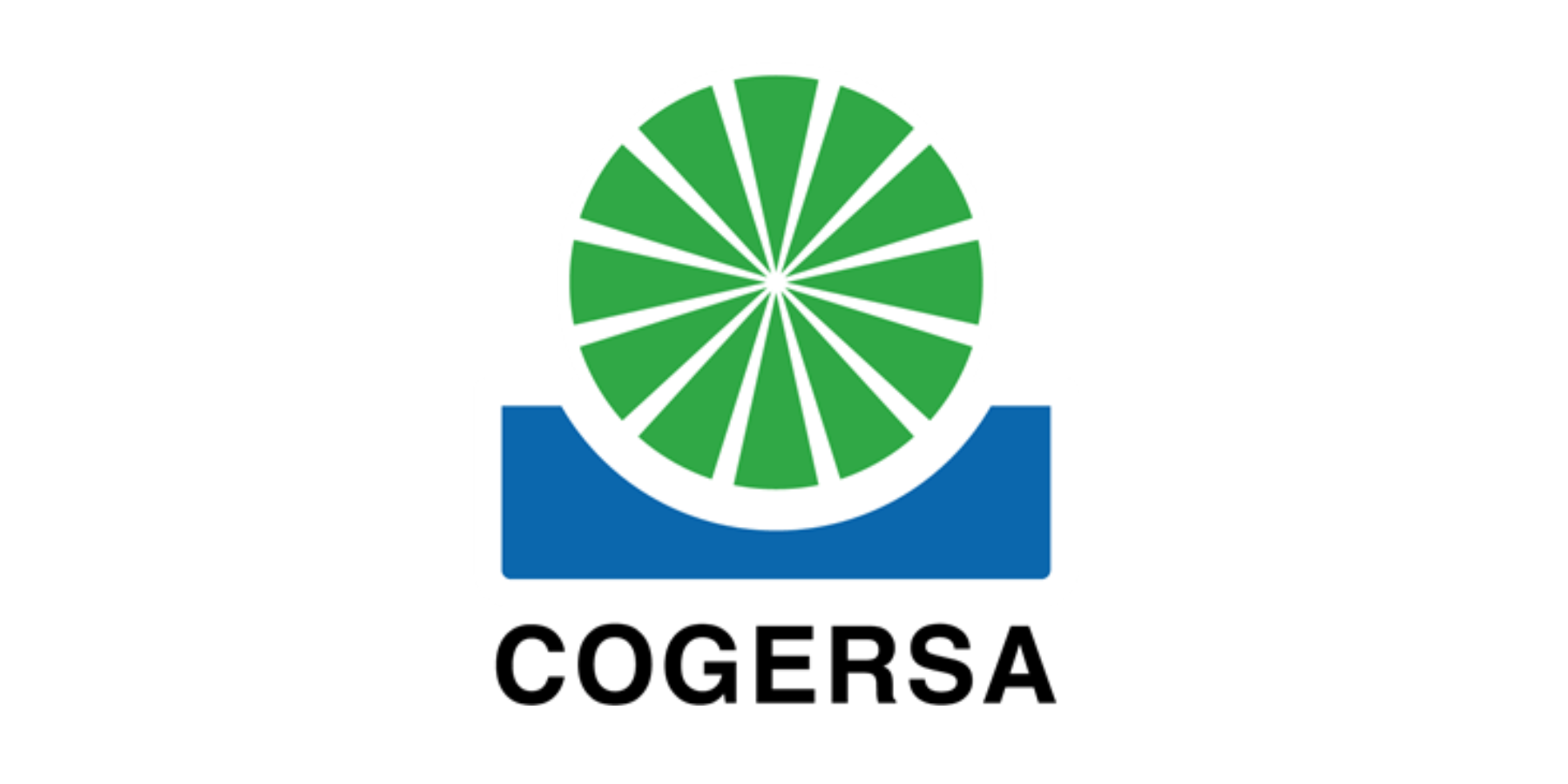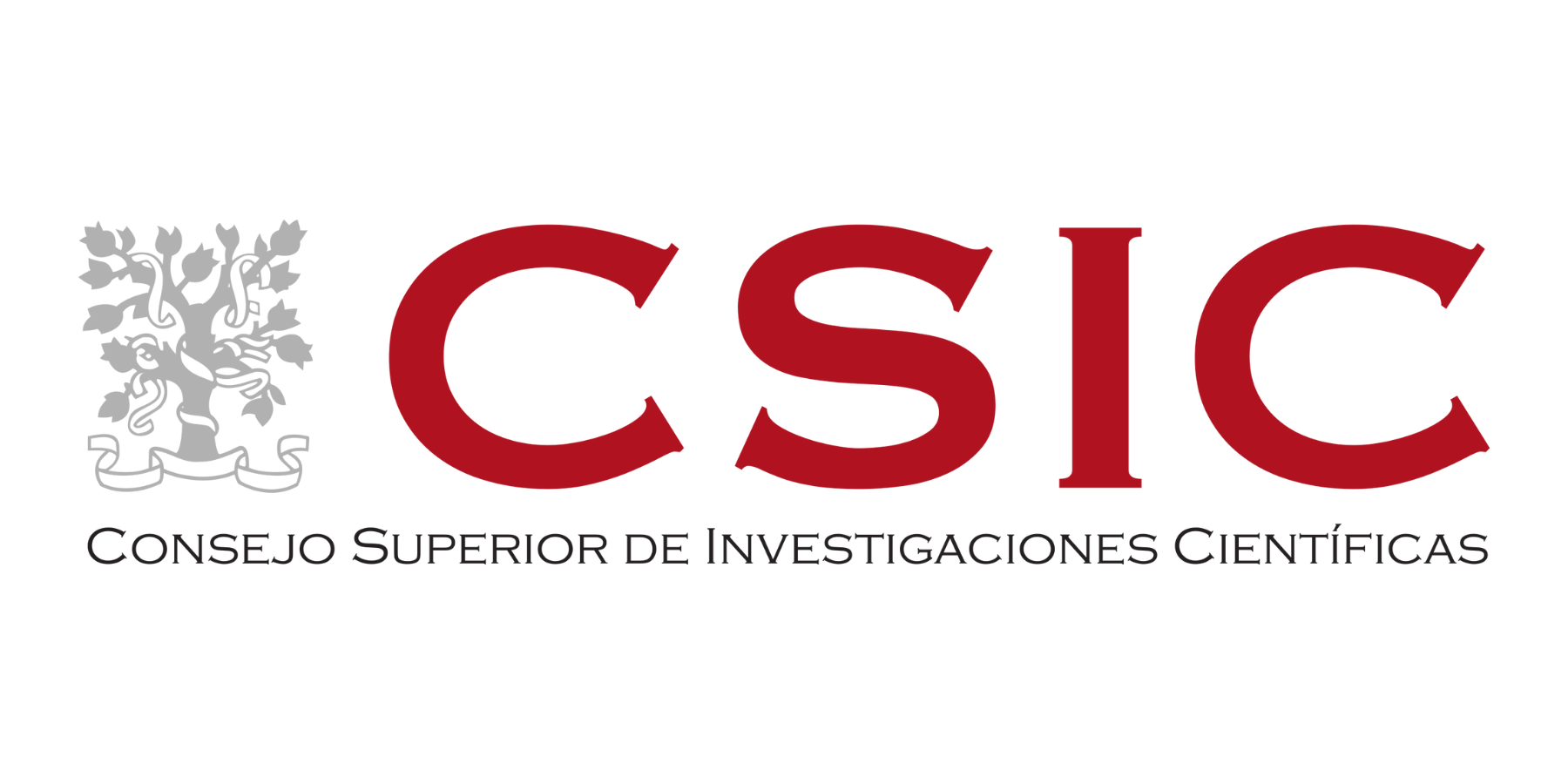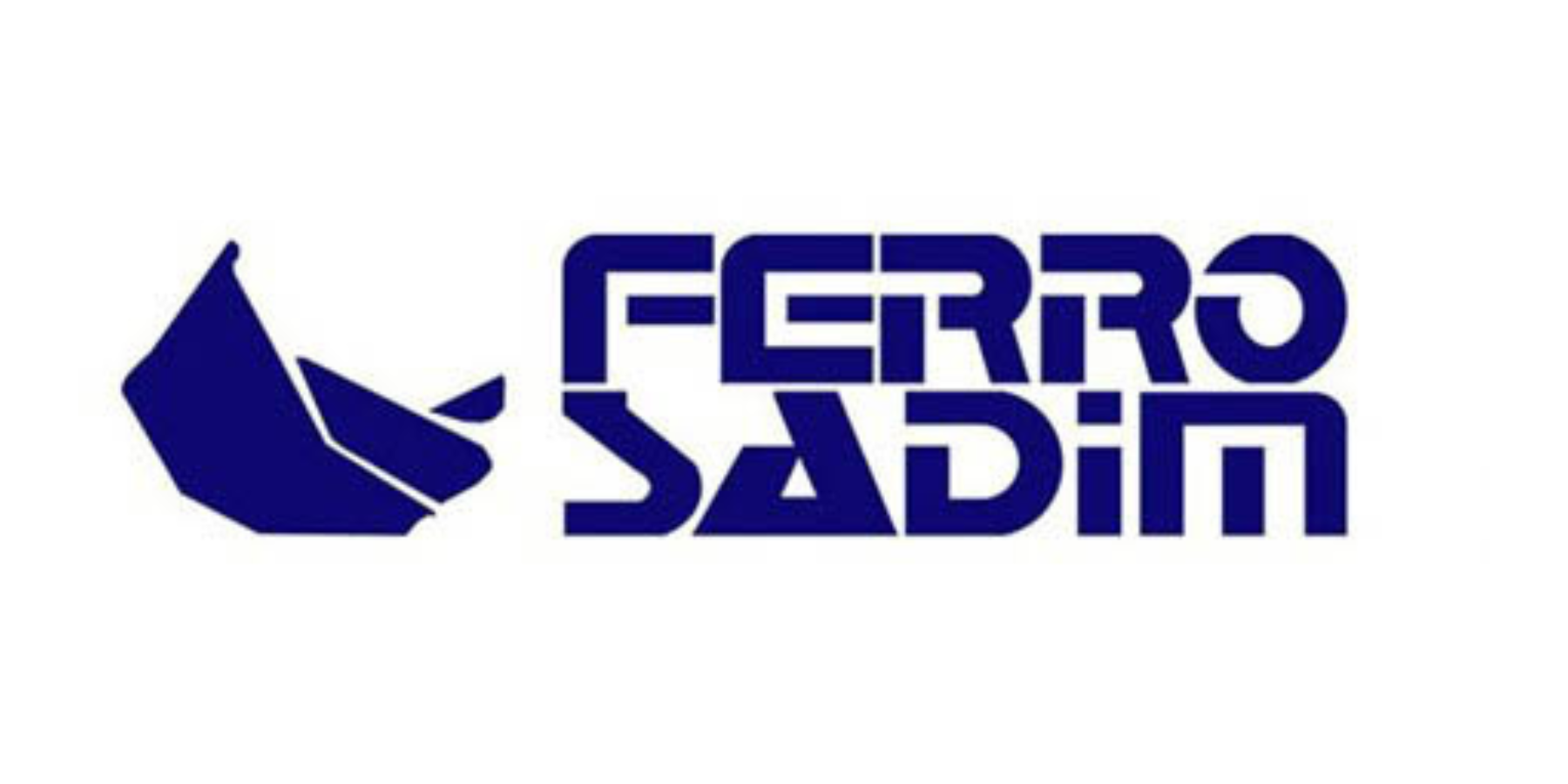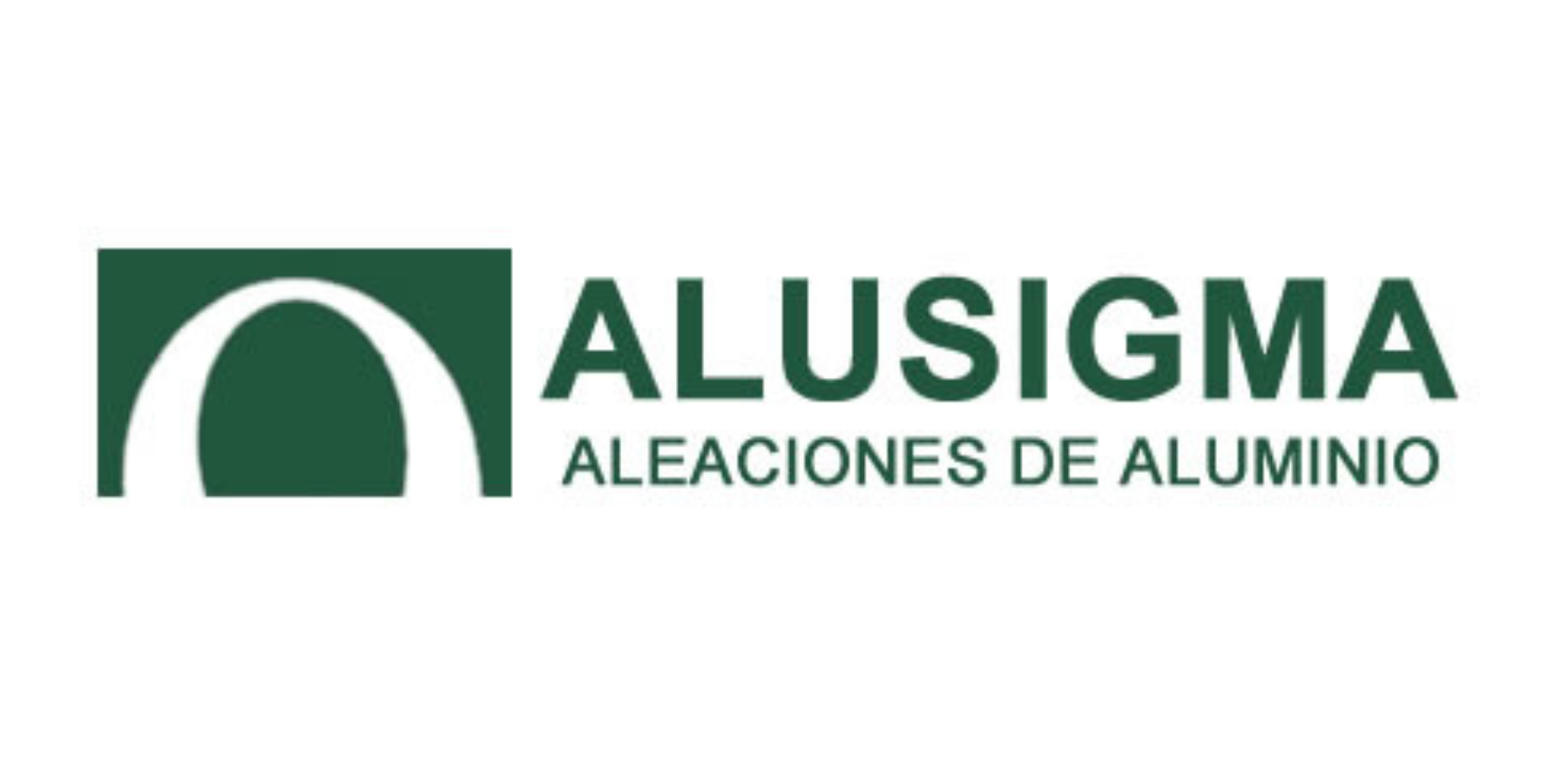Application of Z-ONA zeolite for effluent depuration
How the process works
In previous stages, salt slag waste is recycled into artificial zeolite to be kept within the economy wherever possible, thereby creating further value. In Stage 4 of Z-ONA4LIFE project, Z-ONA zeolites are demonstrated as sorbents for wastewater treatment, and more specifically, to treat challenging effluents from the Waste Treatment Centre of COGERSA (Asturias). This stage involves the implementation of a demo plant to apply Z-ONA zeolite in the Open Lab of COGERSA as a real-world scenario.
The process for demonstration of Z-ONA zeolite as a valuable product for circular economy involves several steps to ensure the effective depollution of wastewater:
- Sample collection: Wastewater samples are collected from various sources, including landfill leachates (hazardous and non-hazardous), liquid fraction of physical-chemical treatment of hazardous waste, anaerobic digestion liquor, permeate from membrane bioreactor processes (e.g., Life Infusion project, Biomembrat®). Moreover, Z-ONA zeolite will be evaluated as sorbent for gas treatment (removal of dioxins from industrial gas streams in ALUSIGMA). If necessary, exhaust gases from waste incineration could also be evaluated by COGERSA.
- Pre-treatment: If the collected wastewater contains suspended solid particles, a filtration step is performed before applying the Z-ONA zeolite.
- Absorption tests: In earlier stages of the project, different adsorption tests are conducted at lab scale (CSIC) to determine the optimal conditions for using Z-ONA zeolite. These tests help establish the best parameters, such as zeolite dosage, contact time, and adsorption capacity at pilot scale. Isothermal and kinetic studies are performed to understand the adsorption mechanism and to achieve the maximum adsorption capacity of the zeolite.
- Analytical characterisation: The chemical composition (e.g., heavy metals, ammonium), pH, ionic conductivity, and Chemical Oxygen Demand (COD) of the effluents are analysed both before and after depuration. This helps assess the effectiveness of the zeolite in removing pollutants.
- Evaluation of spent zeolite: As a virtuous cycle, a second life will be evaluated for the spent zeolite to keep the value of this material in the economy. The used Z-ONA zeolite is characterised (e.g., content of valuable nutrients like ammonium, pollutants like heavy metals) to evaluate possible recovery methods in Stage 5.
The overall goal in Stage 4 is to determine the optimal conditions under which Z-ONA zeolite can most effectively depollute various types of effluents, providing a viable solution for real-world applications; demonstrating that circularity through a product like Z-ONA zeolite is the best choice for salt slag waste.
